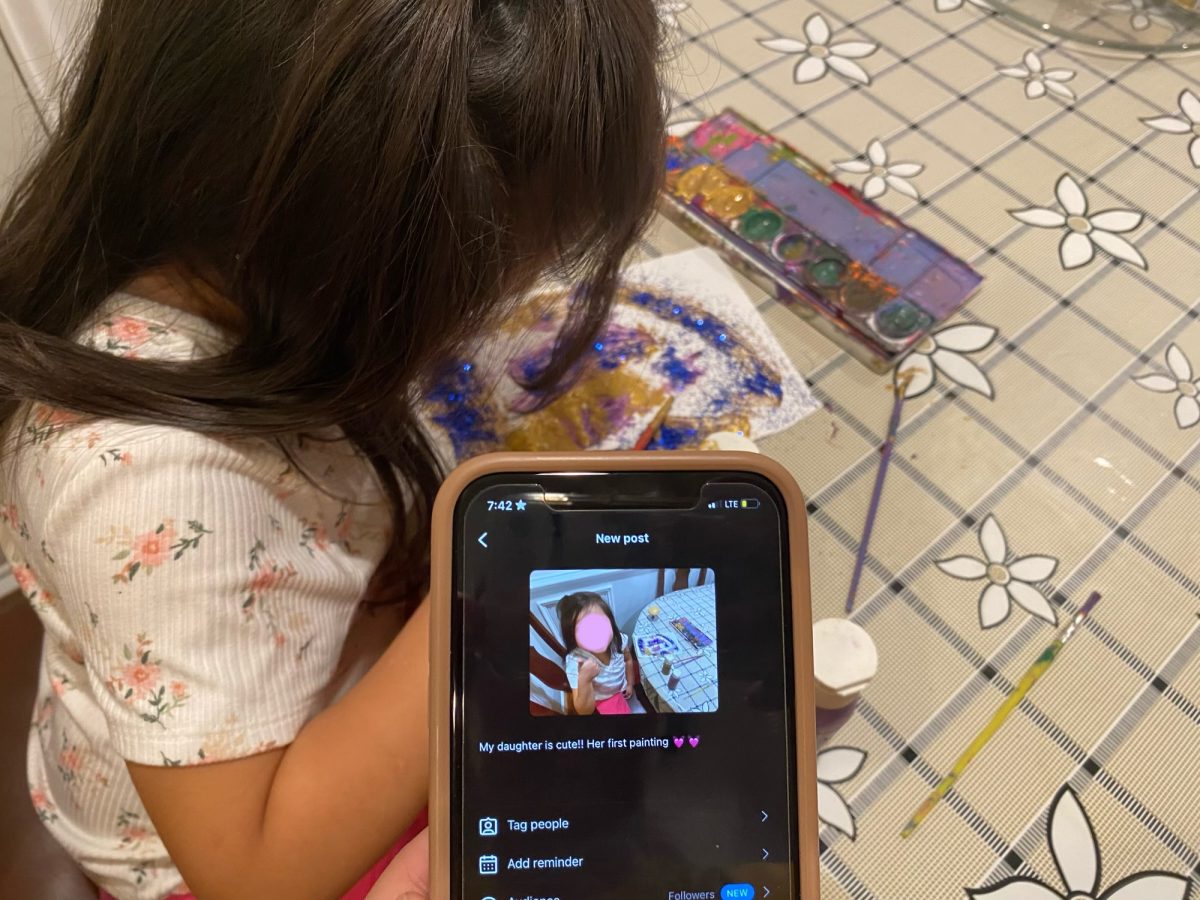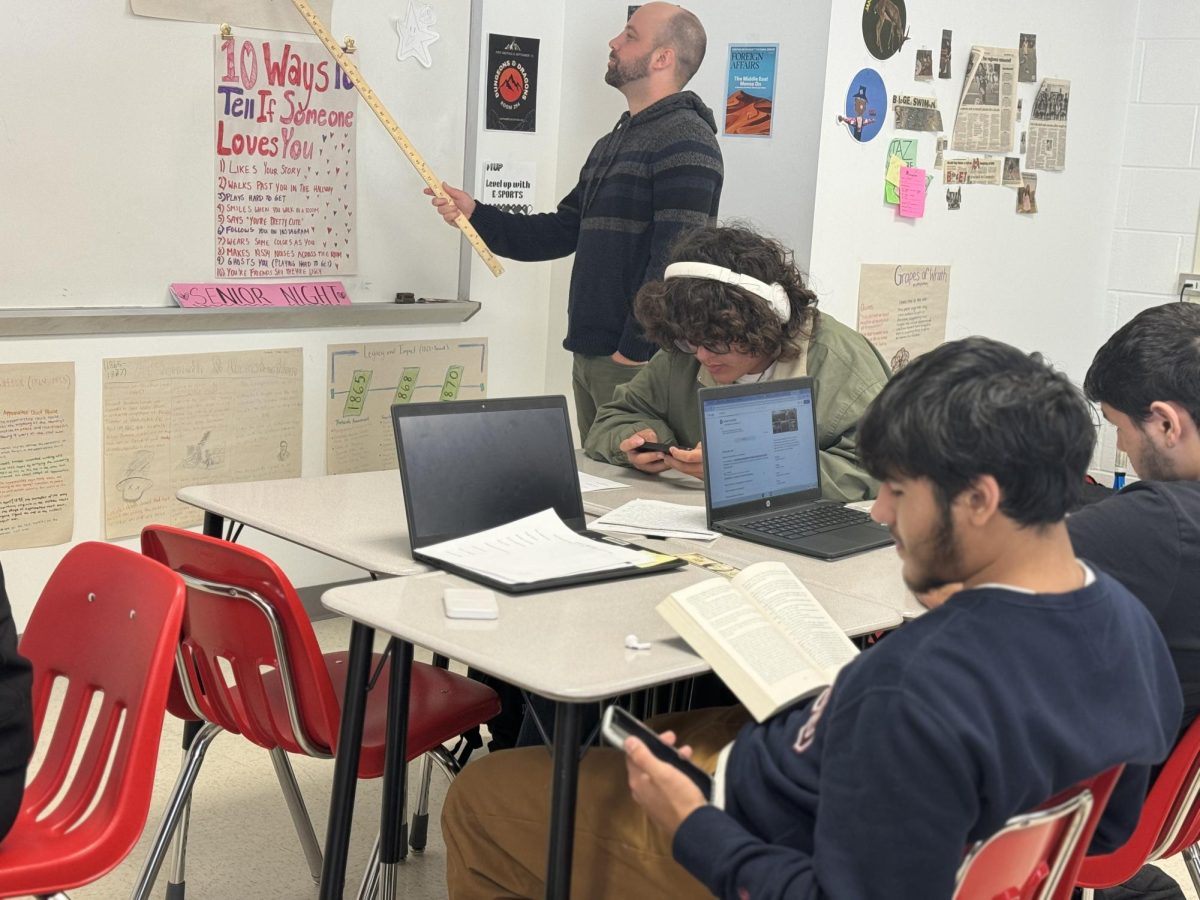AHS students understand the special feeling of struggling through a narrow hallway while being crushed against hundreds of other high school students making a desperate effort to get to class on time. The between-class mosh pit that everyone goes through is positively ubiquitous at this school. It is while observing these daily struggles that the diversity of AHS is most clearly apparent. The student body represents 84 different countries and a slew of different cultures, yet presents a united front when struggling down the hallways five days a week. It seems that stereotypes could never exist in such an atmosphere, but a survey of AHS students proves that they are, indeed, present in the school.
Of the 311 students surveyed, 46% agree that stereotyping is a common problem at AHS, 32% admit to holding stereotypes about those outside their gender, race, or ethnicity and 25% say that a teacher has treated them differently due to their gender, race, or physical appearance, perhaps the most alarming statistic of the three. IB Spanish teacher Maureen Hunt expressed surprise at the responses to the survey.
“Personally, it surprises me that I would hear something like that from a school like AHS,” Hunt said. “I just don’t see a lot of stereotypes at this school. I also wouldn’t expect teachers to treat students differently based on stereotypes that they formed, or that students would think their teachers would do something like that.”
Most AHS students, however, have personally experienced stereotyping.
“I’ve been called a FOB (fresh off the boat) because of my accent even though I was actually born here and my accent comes from a speech impairment I had when I was young,” senior Doreyn Ngo said. “Many people also assume I am a shy and quiet person just because I’m Asian.”
The fact that even a school as diverse as AHS is susceptible to stereotypes does not bode well for the rest of the country. Countless scientific studies have confirmed the negative impact that stereotypes have on school environments and students’ ability to learn. A study conducted by psychologists at Ohio State University found that racial stereotypes can lower school performance in students primed to think about them, as well as the victims of the stereotype.
According to the results of the study, Caucasian students who were told that African-Americans do not perform well in school scored lower on a math test than other white students who were not given the same information. A similar study was performed in which a group of 157 non-African-American students were asked to write a story about a day in the life of a student named either “Tyrone” or “Erik” Walker, based on the presumption that the students would picture a student named Tyrone as black and a student named Erik as white.
After finishing their stories, the students participating in the study took a standardized test. Their results showed that the students who wrote about “Tyrone” scored lower than those who wrote about “Erik.” In one of the trials, the “Tyrone” students scored an average of 4.5 on the test, compared to the 6.2 points scored by those who wrote about “Erik.”
Stereotypes are also notoriously hard to kill, especially since many are not necessarily considered negative. Many believe that the common stereotype “all Asians are good at math” is less offensive than the stereotype “all black men are violent,” but this still generalizes the behavior of a large and diverse group of people. Most stereotypes are also based on some semblance of truth, which makes them harder to shake.
“I mean, when we look at different stereotypes, they tend to be based out of a kind of truth,” Hunt said. “I think it’s human nature to look at someone and judge them by how you see them. The problem occurs when you don’t change your view after you get to know the person, or don’t make an effort to know them at all.”
Stereotypes can also strongly affect personal identification. A survey conducted by the University of Oregon revealed that people who identified with the label of “white” were more likely to continue identifying themselves in the same manner if they had remained out of jail than if they had been incarcerated during the course of the study.
Many AHS students and teachers share a general consensus that stereotypes are less prevalent at school due to our high level of racial diversity. Surveys show, however, that eliminating stereotypes completely has not yet been accomplished.





